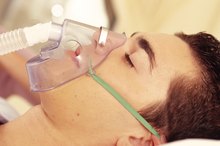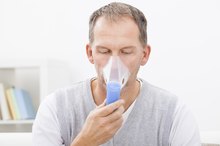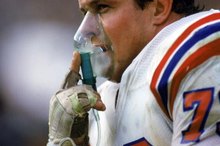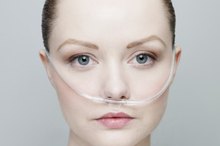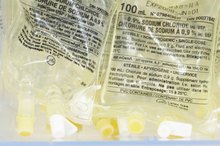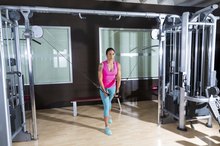How to Change Oxygen Cylinders Safely
Oxygen cylinders are used every day in hospitals, homes and ambulances. They come in various sizes, depending upon the needs of the patient. Smaller “e-cylinders” are often used with home-health patients. These are especially useful for transporting oxygen-dependent patients. Replacing a near-empty oxygen cylinder with a full one is easily accomplished with the correct tools and a safety-first attitude.
Place the patient on an alternate oxygen source during the cylinder change-out procedure. Ensure that this source is functioning properly 1.
How to Adjust the Airflow on a ResMed CPAP S6
Learn More
Turn off the oxygen flow meter from the old cylinder. Turn the top fitting on the cylinder yoke clockwise using a cylinder wrench to close the cylinder. Loosen and disconnect the regulator from the empty cylinder 1. Discard the used plastic gasket.
Remove the plastic band from the full e-cylinder. Flush the cylinder by quickly opening and closing the top fitting on the yoke. Take the plastic gasket included with the new cylinder and install it in the regulator. Attach and tighten the regulator to the yoke of the new cylinder using the cylinder wrench 1. Turn on the flow meter to the prescribed flow. Listen and feel to ensure that oxygen is flowing through the system. Reconnect the patient to the cylinder.
Tips
Never attempt to modify or adapt a compressed oxygen cylinder. The results can be disastrous.
Always keep cylinders in a storage rack or other suitable storage device. Never leave them free-standing without a cart.
Related Articles
References
- "Essentials of Respiratory Therapy;" Kacmarek; 2005
Tips
- Never attempt to modify or adapt a compressed oxygen cylinder. The results can be disastrous.
- Always keep cylinders in a storage rack or other suitable storage device. Never leave them free-standing without a cart.
Writer Bio
Jim Murkot Sr. is a respiratory therapist with more than 20 years of hospital management. Murkot began writing professionally in 1993 and has written numerous hospital protocols designed to guide personnel in everything from hospital ethics to emergency response. His work has appeared in eHow as well as in multiple hospitals within the Houston area. He attended Kingwood College and Boston University.
